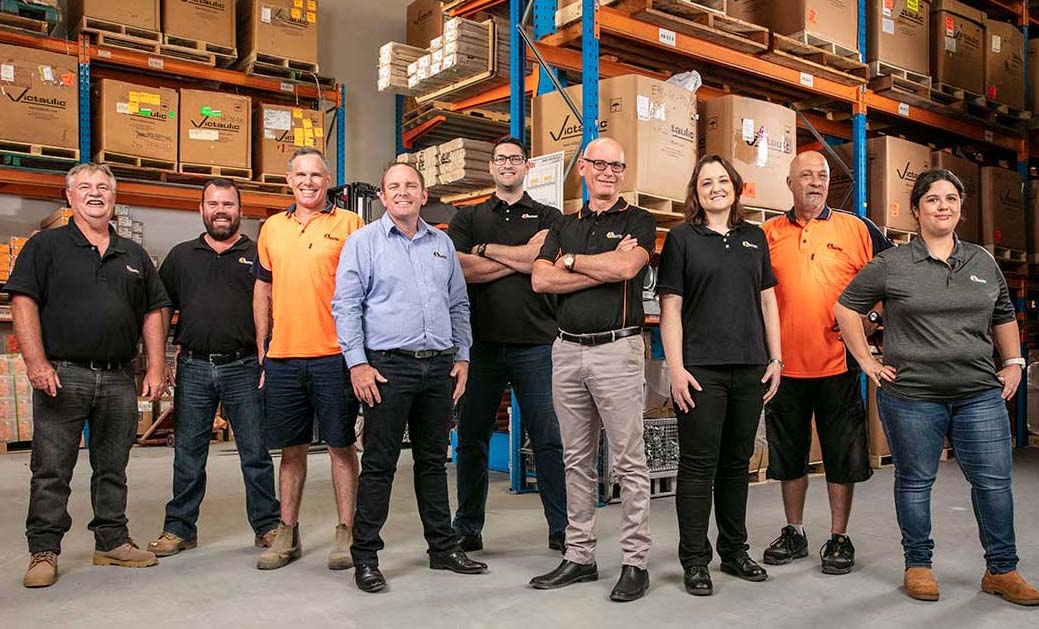Hi Dave,
Thinks for that. Don't know what happened to the photos I attached. They were there yesterday. The others are still there. Does that mean no one can see them anymore. Should I put them back up again. Is there a limit to the amount of photos and should I create an "Album" instead. Sorry, this is the 1st forum I've ever signed up to so not sure on the way to go.
Regards
JB
Thinks for that. Don't know what happened to the photos I attached. They were there yesterday. The others are still there. Does that mean no one can see them anymore. Should I put them back up again. Is there a limit to the amount of photos and should I create an "Album" instead. Sorry, this is the 1st forum I've ever signed up to so not sure on the way to go.
Regards
JB






Comment